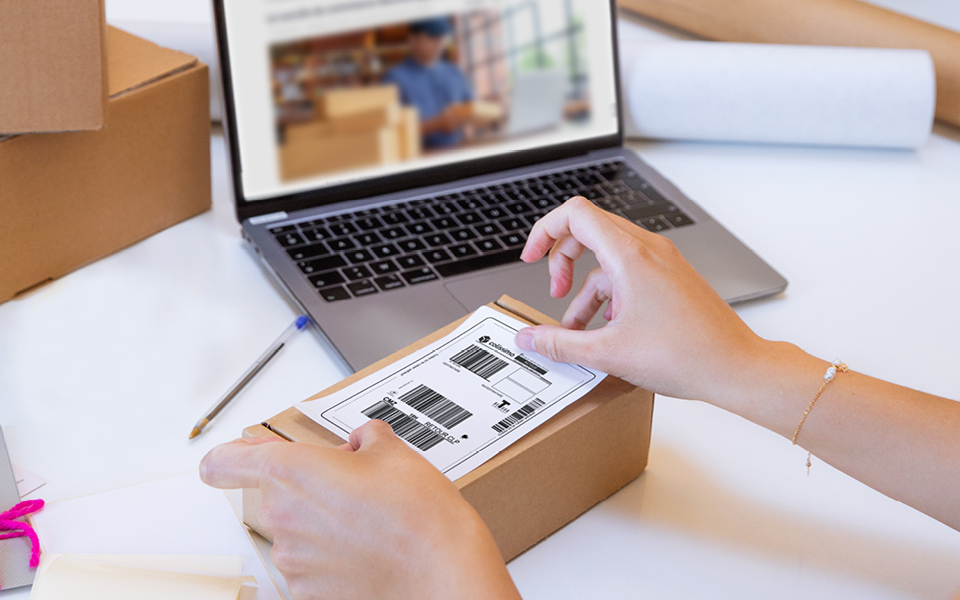The key to a seamless experience
Increasing e-commerce sales have been accompanied by a growing number of product returns. Online shoppers return their purchases at a rate approximately three times higher than consumers who buy in stores.
Increasing e-commerce sales have been accompanied by a growing number of product returns. Online shoppers return their purchases at a rate approximately three times higher than consumers who buy in stores.
BE MORE EFFICIENT ON COST CONTROL
The costs of those returns are enormous, and companies generally foot the bill. With e-commerce industry leaders like Amazon pushing the envelope, free product returns have increasingly become a cost of doing business in cyberspace. The costs are high. The extra packaging, return shipping, and the mountains of discarded products that come with online returns can kill e-commerce profit margins.
The environmental costs are equally staggering. In the e-commerce world, however, a flexible and customer-friendly return policy doesn’t have to ruin your online profit margins. Businesses can and are taking steps to both improve customer experiences with product returns and reduce the financial and environmental costs of them. There are basically two ways to tame the return beast: reduce the number of product returns and manage the return process more efficiently.

Customer education is the key.
The biggest reason for product returns is that the product in some way was not what the customer expected. The solution is to provide them with more information before they purchase. Provide detailed specifications of products on your online platform with lots of realistic photos. Encourage online feedback from customers. Input from other consumers flags issues for customers and reduces returns. It can also inform your own business processes.
Wardrobing is the practice of buying an item, using, or wearing it, and returning it for a refund. It is a problem in more than just the fashion industry. Draft a clear return policy that establishes that worn or used items that are returned will not be fully refunded. In terms of optimizing the reverse logistics chain involved in a product return, there are a number of steps businesses can take: Use eco-friendly materials that are fitted to products. It will reduce environmental impacts and costs.

This is even more important for retailers that experience high return rates. In those cases, providing simple-to-use, protective return packaging may make sense. Digitize the return process or include return labels with deliveries. Implement good warehousing processes. They can go a long way in reducing the costs of returned products. Establishing an efficient system to assess the condition of returned products and whether they can be reconditioned or repaired can dramatically reduce the cost of damaged and discarded goods.
Which future for e-commerce?
E-commerce is the future and higher rates of product returns will always be part of the e-commerce equation. Businesses that more actively engage their online shoppers to help them choose the right products will have fewer returns. And those that become more efficient with their packaging and logistics processes will find their online business more profitable and more eco-friendly.







